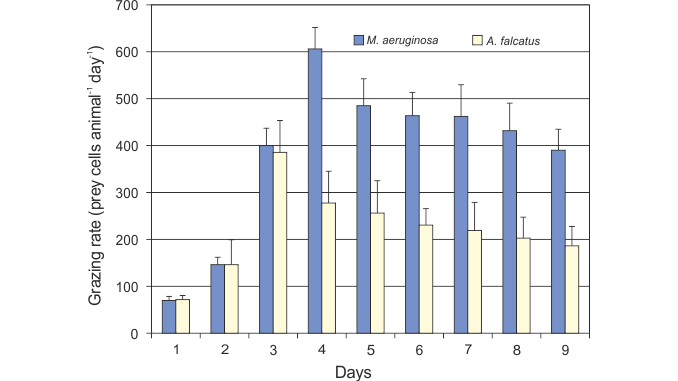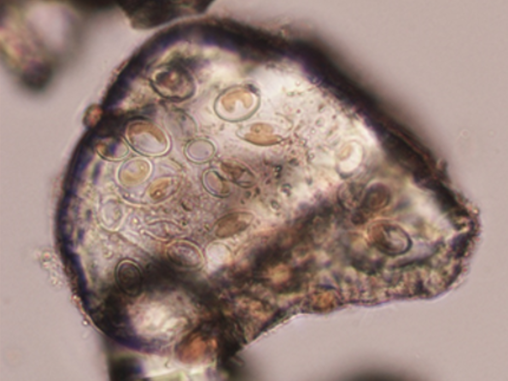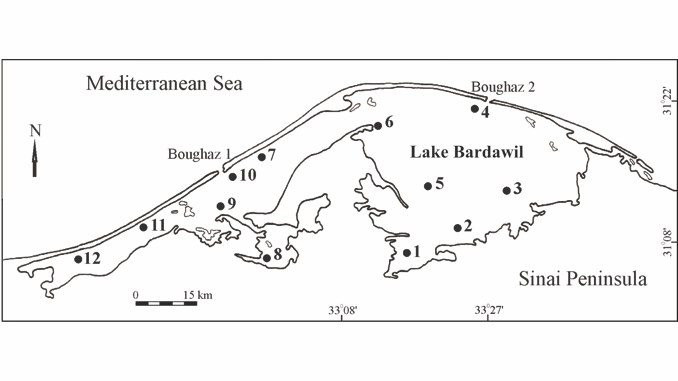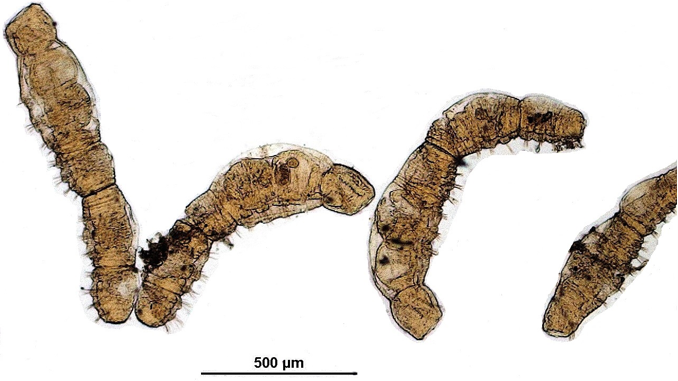Issue 3/2018 (September 2018)

Grazing of the copepod Cyclops vicinus on toxic Microcystis aeruginosa: potential for controlling cyanobacterial blooms and transfer of toxins
Grazing of zooplankton on phytoplankton may contribute to a reduction of harmful cyanobacteria in eutrophic waters. However, the feeding capacity and interaction between zooplankton and toxic cyanobacteria vary among grazer species. In this study, laboratory

Diatom biomonitoring – scientific foundations, commonly discussed issues and frequently made errors
Contemporary assessment of the ecological status of aquatic ecosystems is based on various groups of organisms, including diatoms. Biological assessment, implemented by the Water Framework Directive, has been applied worldwide for more than 15 years.

Copepoda in the shallow hypersaline Bardawil coastal lake (Egypt): Are there long-term changes in composition and abundance?
Coastal Lake Bardawil (Egypt) is one of the largest hypersaline lakes in the world. In 2009–2010, the authors studied composition, distribution and seasonal dynamics of copepods at 12 sites. A total of 10 species of

Changes in the benthic fauna composition in the Upper Vistula over the last 50 years – the consequences of the water pollution reduction and alien species invasion
The organic pollution of the Upper Vistula waters has been significantly reduced since the mid-20th century. Also salinity has gradually decreased, following an increase observed until the 1990s. Furthermore, the number of alien species has
